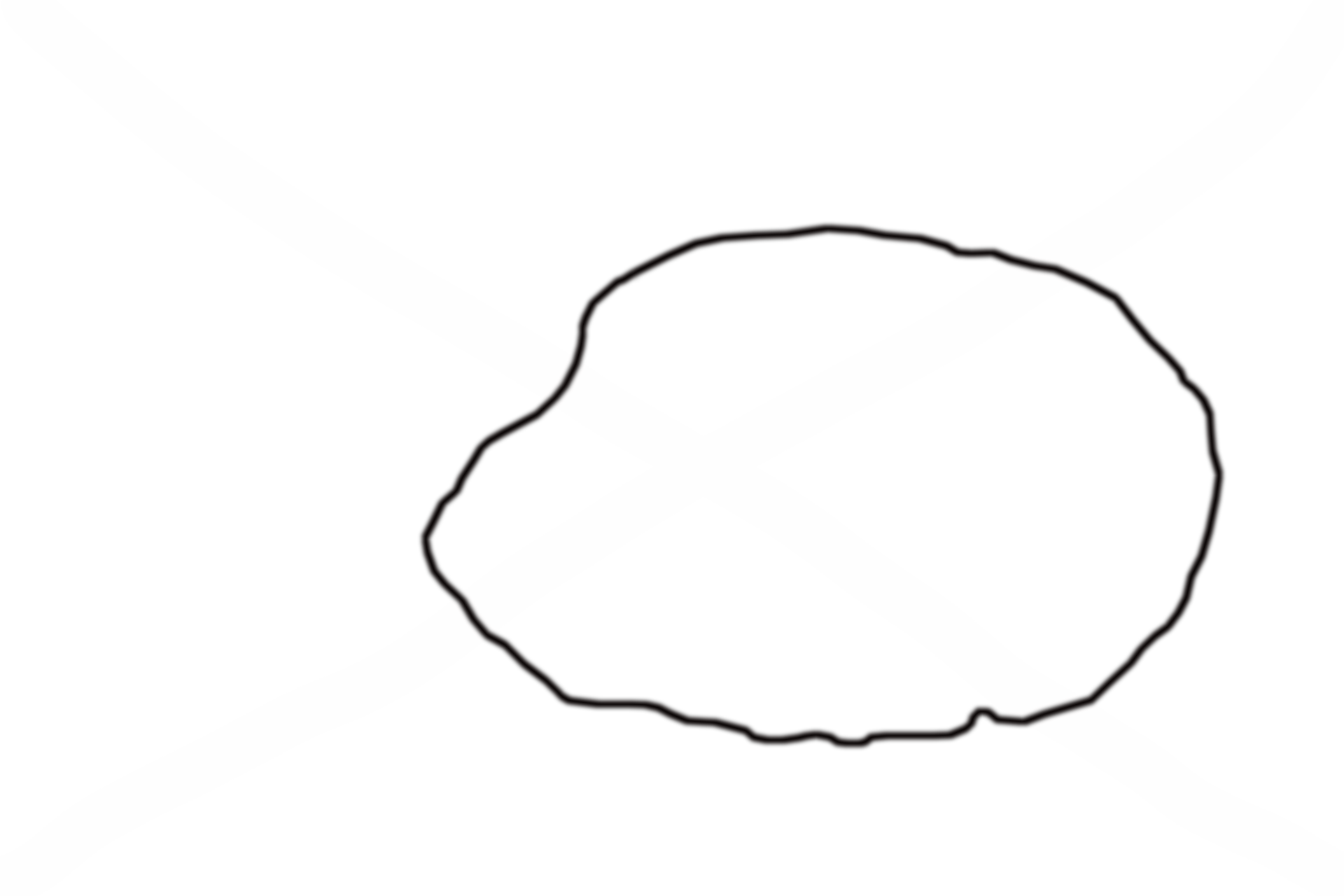
Testis overview
The testis is both an exocrine (producing spermatozoa) and an endocrine (producing androgens) gland. This immature testis, cut in cross section, provides an overview of the testis proper, its enclosing tunics, and its location in the scrotum. Also seen are the epididymis and the ductus deferens lying posterior to the testis. Immature testis 10x

Testis proper >
The testis proper is the blue, oval mass in the center of the image. The majority of this tissue is composed of the convoluted portions of the seminiferous tubules. At this stage, the seminiferous tubules are developing and not producing sperm.

Tunica albuginea >
The testis is covered by a dense layer of connective tissue, the tunica albuginea (black arrows). Additionally, this layer protrudes into the testis at its posterior border, forming the mediastinum (red arrows and red oval in the illustration). In the adult the mediastinum is flattened against the posterior wall of the testis, as shown in the illustration.

Tunica vaginalis >
The testis develops retroperitoneally in the abdomen, and descends into the scrotum. It is covered anteriorly, medially and laterally by peritoneum (serosa), which is called tunica vaginalis. The visceral portion of the tunica (black arrows) overlies tunica albuginea, while the parietal portion (red arrows) lines the internal scrotal wall. Processes vaginalis (X), former peritoneal space, separates the two tunics.

- Scrotum
The testis develops retroperitoneally in the abdomen, and descends into the scrotum. It is covered anteriorly, medially and laterally by peritoneum (serosa), which is called tunica vaginalis. The visceral portion of the tunica (black arrows) overlies tunica albuginea, while the parietal portion (red arrows) lines the internal scrotal wall. Processes vaginalis (X), former peritoneal space, separates the two tunics.

Epididymis >
The epididymis lies posterior to the testis and is the site of sperm storage and maturation.

Ductus deferens >
The ductus deferens continues from the duct of the epididymis and can be identified by its thickened, muscular wall.

Next Image >
The next image is similar to the area outlined by the rectangle.